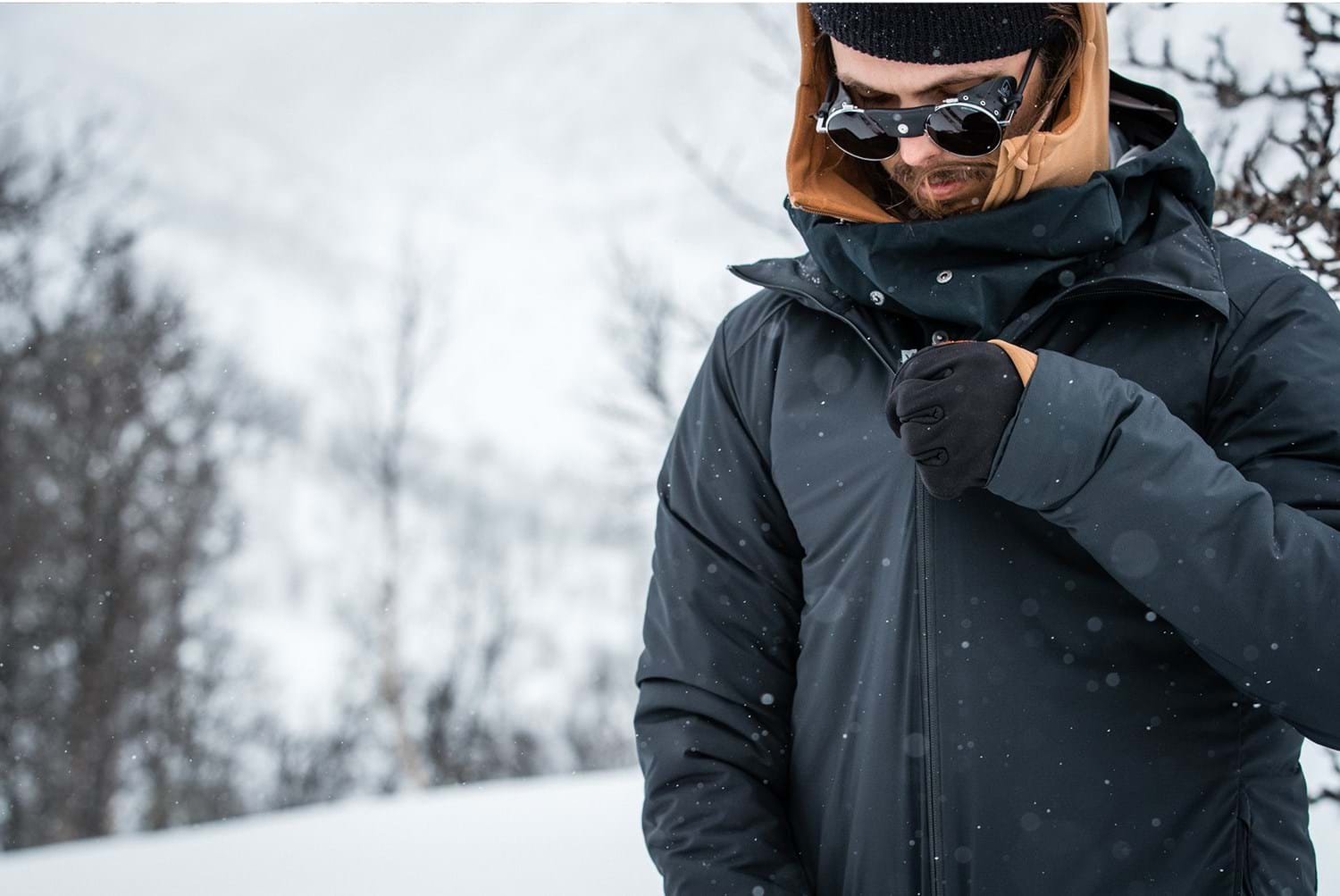Guide: Washing and product care
Taking care of technical clothing is not difficult, and by washing and impregnating properly, you can significantly extend the life of your clothes.
General washing advice
- Avoid to use fabric softener. They have a negative impact on the garments performance and our environment. The fabric softener leaves a coating on the fibers of the garment, which affects the moisture transportation and breathability of the garment. Some of the substances in fabric softener are hard to break down for nature and harm water living organisms. They also contain perfumes and substances that can cause allergic reactions.
- Make sure that zippers are zipped and velcro closures closed when washing. This will minimize the risk that fabrics get caught on sharp edges during the wash and begin to pill. A washing bag will protect all fabrics and garments from being torn or stretched out in the washing machine. It will also limit microfiber leakage in the washing process, which means preventing microplastics from entering into rivers and oceans. You can buy the washing bag GuppyFriend in our webshop here or in our stores.
- Most outer garments, especially shell layers and insulation garments, have DWR treatments - durable water repellency. The purpose of these is to make the outer fabric water resistant. When it wears off after a few seasons, the outer fabric of your shell layer will start to get wet even though the membrane wiull still keep water from passing through the garment. When this happens, you can re-apply the DWR with a wash-in product or a spray. You can buy OrganoTex, organic DWR, in the webshop or in our stores.
Air out your clothes
We usually wash our clothes too much. Clothing that is not very dirty can be aired out instead. Fresh air is good for both people and clothing. It is often said that we spend more time doing laundry today than we did in the 1940s when washing machines were very rare.

Ventilate what is not too dirty. Fresh air is good for both people and clothes.
Product care and sustainability
An important part of a textile product's total environmental impact is related to how long the product can be used before it is worn out, how well it has been taken care of and finally, what happens to it when it can no longer be used for its original purpose. A good place to start is to choose clothing that is durable, timeless in its design and made from recycled and/or recyclable fibers. Then, the way you take care of your clothes whilst you are wearing them also makes a big difference. Not only for the environment, but also for the performance of your products.
There are a number of environmentally certified detergents and cleansers available that reduce the impact of washing on the environment. How full a washing machine or dryer is plays the greatest role on the consumption of energy, water and detergent. In small households it can be difficult to fill a machine, and the washing instructions of many garments recommend to “wash separately”.
Please contact us if you need more tips and advice on how to take care of your clothes in the best way for a long time. Visit our stores or reach out to us online to get help to repair garments, return them for recycling or purchase a washing bag and care products.
Warranty
Our design philosophy is about providing you with products that last. Products that, by their quality, style and functionality, simply don’t need to be replaced.
This is why we offer a product lifetime warranty. Read more.
Product Care
Houdini Sportswear. All rights reserved.
